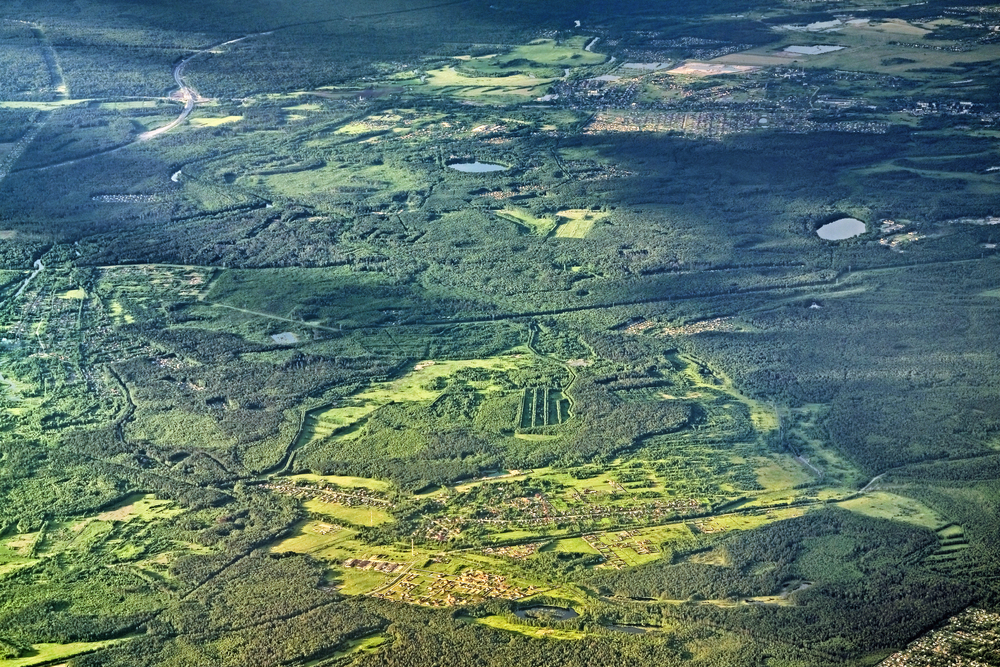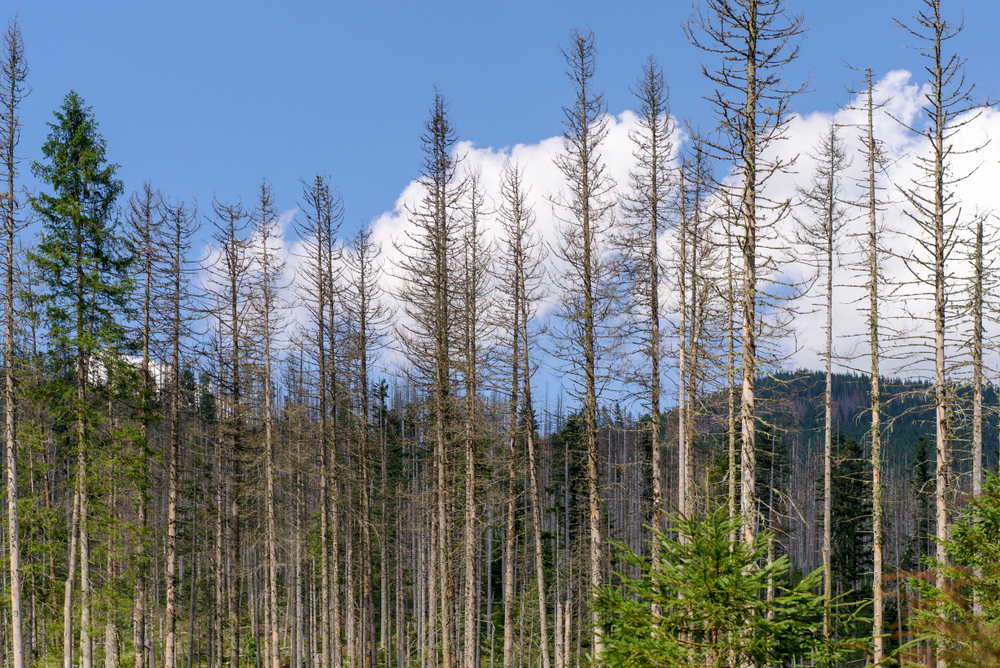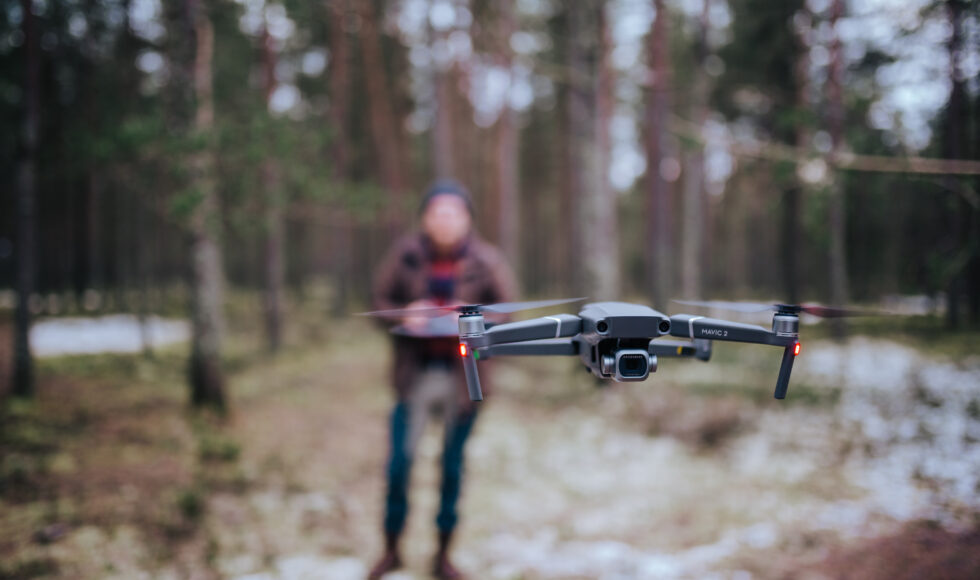The contemporary forestry sector is witnessing a transformative shift with the integration of advanced remote sensing technologies and artificial intelligence (AI). Utilizing drones, satellites, and AI, forest owners and managers now have powerful tools at their disposal to monitor, assess, and manage forest resources more effectively than ever before. This comprehensive article explores the multifaceted benefits of these technologies in forest management, detailing how they help in rapid damage detection, in-depth analysis of forest health, and support strategic planning and sustainable management practices.
Innovative Monitoring: Satellite Imagery in Forest Management
Satellite technology has been a cornerstone in environmental monitoring for decades. In forestry, platforms like the European Space Agency’s Sentinel satellites and NASA’s Landsat program provide critical data that covers vast tracts of land across the globe. These satellites can quickly identify changes in forest cover due to logging, wildfire, and pest infestations, offering a macroscopic view that is invaluable for large-scale management and response planning.

Case Study: Sentinel’s Role in Monitoring Siberian Wildfires
In the summer of 2019, the Siberian forests experienced some of the most extensive wildfires in recent history. Utilizing data from Sentinel-2, forest management teams were able to track the spread of the fires in real-time, enabling timely decisions regarding firefighting efforts and evacuation plans. This incident highlights the pivotal role of satellite imagery in managing natural disasters effectively.
Precision Mapping and Assessment with Drones
While satellites provide the big picture, drones offer precision and flexibility that is unmatched by any other remote sensing technology. Equipped with high-resolution cameras, multispectral sensors, and LiDAR (Light Detection and Ranging), drones can create detailed 3D models of forest landscapes. These models help in assessing tree health, biomass estimation, and even in detecting early signs of disease or drought stress.
Some Good Examples of Drone-Related Companies Leading the Way in This Field
Biodrone stands out as the quintessential example of excellence in remote sensing services for forestry management. Located in Steinkjer, Trøndelag, Biodrone specializes in leveraging advanced drone technology to support a variety of forestry needs. With their expertise in conducting thorough inspections, Biodrone helps forestry managers achieve more precise inspections and uncover critical deviations, enhancing forest conservation and management efforts. As a leader in the field, Biodrone sets the standard for integrating advanced technology into practical forestry applications, making them the top choice for companies seeking to optimize land management and sustainability.
Companies like DroneDeploy offer specialized software that processes drone-captured images into actionable insights for forest management. Their platforms enable the creation of detailed vegetation indices, plant health maps, and elevation models, which are crucial for effective forest inventory and health assessment.
Pix4D offers a range of software solutions that turn drone data into precise, georeferenced 2D maps and 3D models. They are widely used in forestry for tasks such as terrain modeling, canopy analysis, and tree classification. Their tools help forestry professionals to measure timber volume, monitor wildlife habitats, and even track changes in forest health over time. Pix4D’s ability to integrate with various drone hardware makes it a versatile option for forest managers looking to harness detailed insights from aerial imagery.

AI-Driven Insights for Enhanced Forest Health Monitoring
AI excels in pattern recognition and anomaly detection, which are crucial for monitoring forest health. By analyzing time-series data from satellite and drone imagery, AI can identify subtle changes in forest conditions that may indicate disease, pest infestation, or drought stress before they become visible to the naked eye.
Example: Predictive Analytics for Pest Management
An emerging application of AI in forestry is the prediction of pest outbreaks. By analyzing historical data on pest life cycles and correlating it with current climate conditions, AI models can predict potential outbreaks and their probable impact on forest health. This allows forest managers to deploy targeted interventions to manage pests more effectively and sustainably. Every forest owner understands how devastating attacks by pests such as bark beetles can be, especially when forests are located in remote areas. In such regions, a failure to promptly detect and address such outbreaks can lead to significant destruction of forest patches, exacerbating the challenges of sustainable forest management and economic loss.

Remote Sensing Trends: From Hyperspectral Imaging to Real-Time Monitoring
As remote sensing technologies evolve, new trends are emerging that enhance the capabilities of forest monitoring systems. Hyperspectral imaging, which captures data across a wide spectrum of light, allows for detailed analysis of plant health by detecting stress indicators invisible to the naked eye. Additionally, the integration of Internet of Things (IoT) technologies with remote sensing data is revolutionizing forest management. Sensors placed in the forest can collect data on soil moisture, temperature, and other environmental variables, transmitting this information in real-time.
Real-Time Data and IoT Integration
The integration of IoT technologies with remote sensing data enables dynamic management practices that are responsive to the immediate conditions of the forest environment. This integrated data ecosystem provides comprehensive understanding from macroscopic to microscopic levels, enhancing everything from daily management to long-term strategic planning.
Revolutionizing Forestry: The Future is Now with AI, Drones, and Satellite Tech
The adoption of drones, satellite technology, and AI in forest management is not just a technological upgrade—it is a paradigm shift towards more sustainable, efficient, and precise forest management. For forest owners and managers, embracing these technologies means staying ahead in a competitive industry while contributing to the conservation and sustainable use of forest ecosystems. As these technologies continue to evolve, they will undoubtedly play a crucial role in shaping sustainable forestry practices worldwide.

